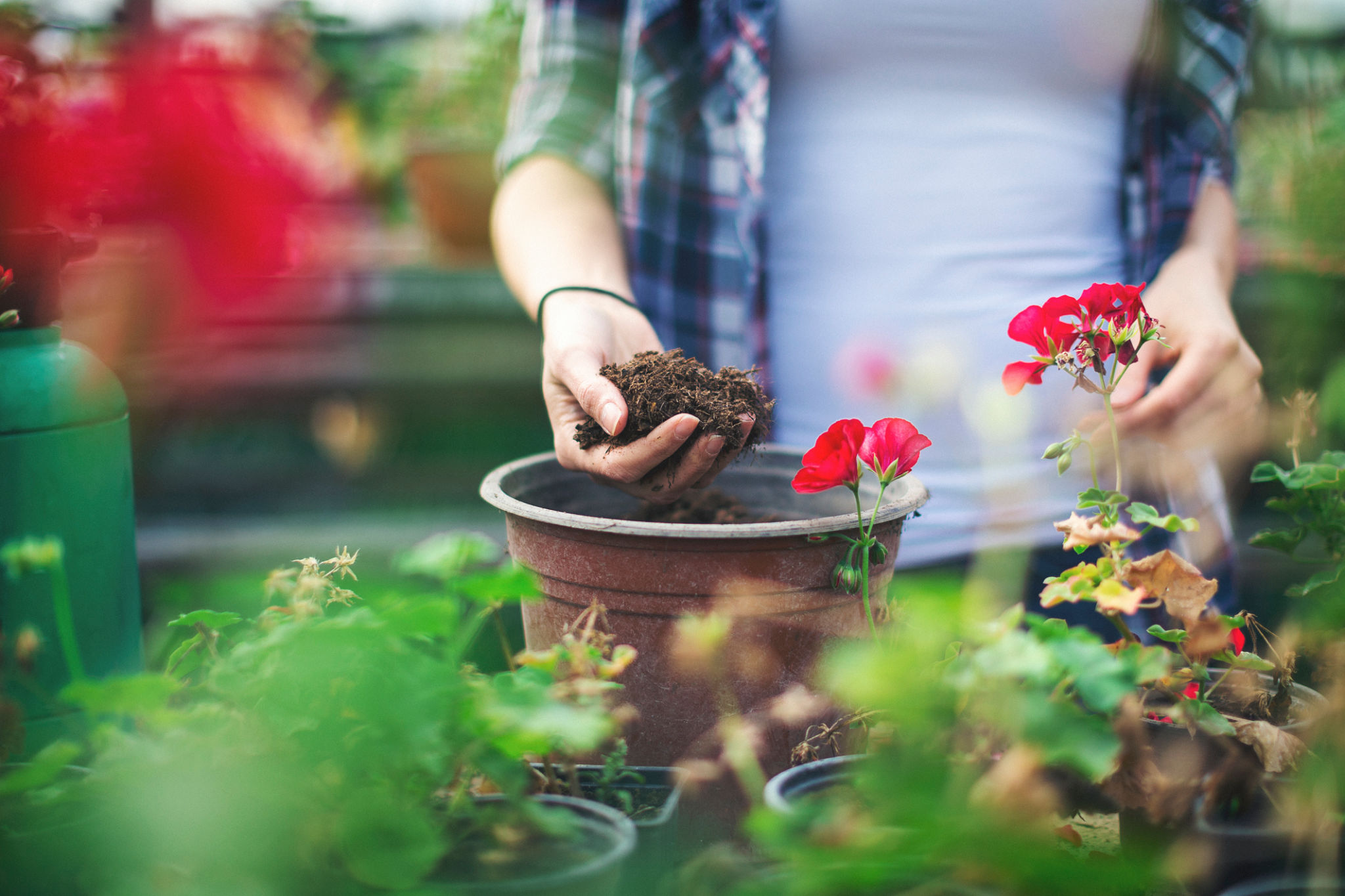DIY Garden Design: Tips from Landscaping Experts in Melbourne
Embrace the Art of DIY Garden Design
Transforming your outdoor space into a beautiful garden can be a fulfilling project. In Melbourne, where the climate offers unique opportunities for diverse plant life, DIY garden design is both exciting and rewarding. Whether you're a seasoned gardener or a novice, tapping into some expert advice can help you create a stunning garden.

Understanding Your Space
The first step in any garden design project is understanding your space. Take the time to observe how much sunlight different areas of your garden receive throughout the day. This will help you choose plants that will thrive in their designated spots. Additionally, consider the soil type, drainage, and existing structures that might affect your design.
Use a measuring tape to map out your garden's dimensions and sketch a rough plan. This will give you a visual guide to work from and help you make informed decisions about plant placement and layout. Remember, a well-thought-out plan is key to a successful garden.
Choosing the Right Plants
When selecting plants, it's important to consider their growth habits and how they will interact with each other over time. Opt for a mix of perennials and annuals to ensure year-round interest. Native plants are a great choice as they are well-suited to Melbourne's climate and require less maintenance.

Consider incorporating a variety of textures and colors to create visual interest. Group plants with similar water and sunlight needs together, making it easier to care for them. If you're unsure about plant combinations, visit local nurseries for inspiration or consult online resources.
Incorporating Hardscaping Elements
Hardscaping elements such as pathways, seating areas, and water features can add structure and functionality to your garden. Think about how you want to use your garden space. Do you envision a tranquil retreat for relaxation or an area for entertaining guests?
- Pathways can guide visitors through your garden while protecting delicate plants.
- Seating areas provide a place to enjoy your garden's beauty.
- Water features can introduce soothing sounds and attract wildlife.

Implementing Eco-Friendly Practices
Sustainability is an important aspect of modern gardening. Implement eco-friendly practices such as composting, rainwater harvesting, and using organic fertilizers. These practices not only benefit the environment but also enhance the health and vitality of your plants.
Consider creating a habitat for local wildlife by incorporating native plants that provide food and shelter for birds and insects. A diverse ecosystem will contribute to the overall health of your garden.
Maintaining Your Garden
A well-maintained garden is a joyful place to be. Regular tasks include watering, weeding, pruning, and seasonal planting. Establish a routine that suits your lifestyle and stick to it to keep your garden looking its best throughout the year.

Don't be afraid to experiment and make changes as your garden evolves. Gardening is a dynamic process, and each season brings new opportunities for growth and creativity. Enjoy the journey of nurturing your outdoor space into a personal paradise.
